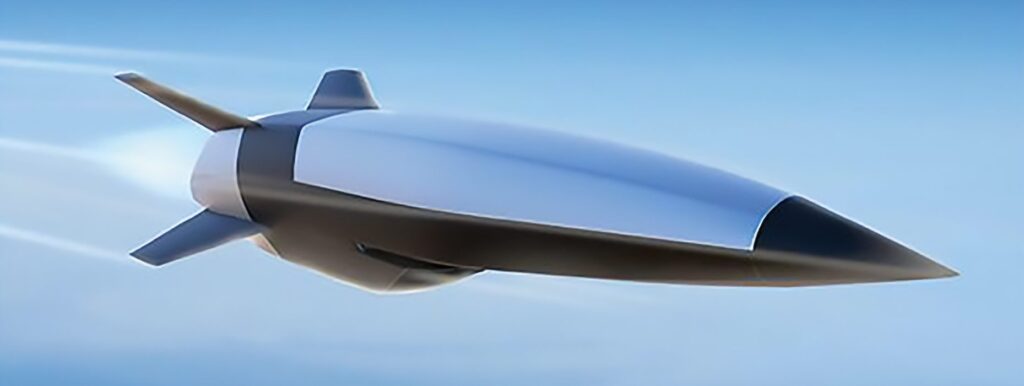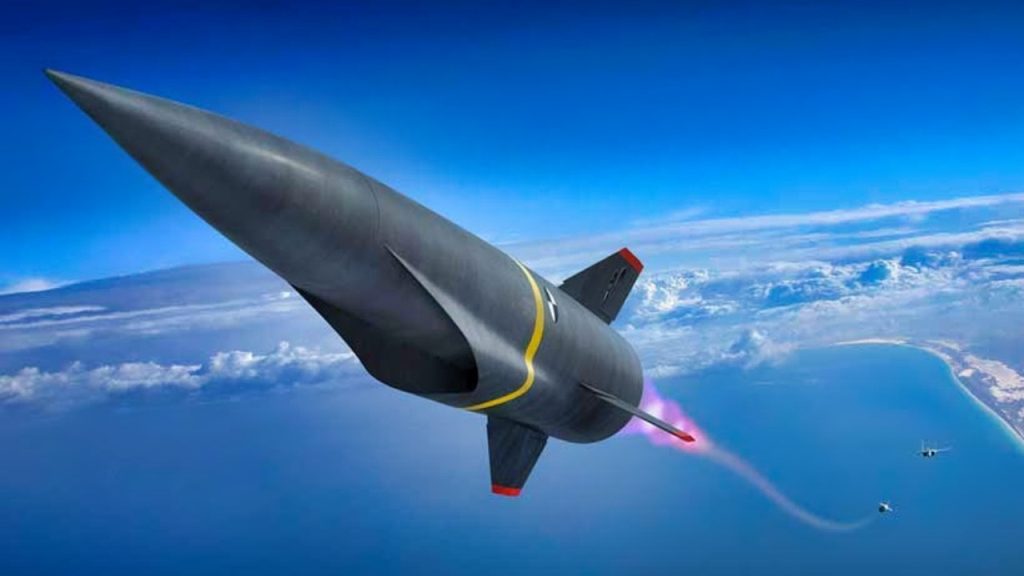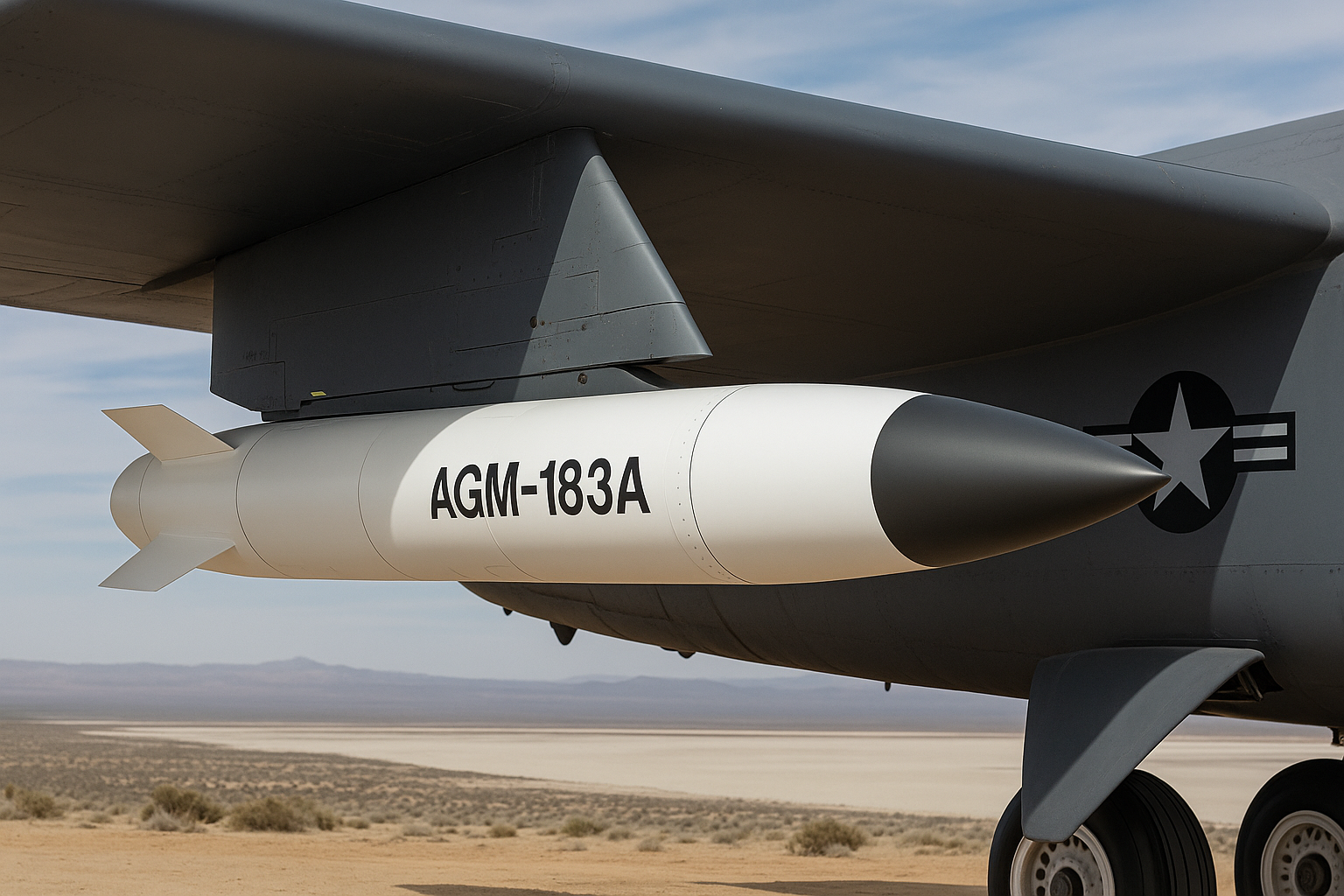In the rapidly evolving theater of modern warfare, hypersonic missile development has become one of the most strategically vital technologies for superpowers like the United States. As global adversaries like China and Russia surge forward with their hypersonic capabilities, the U.S Air Force is racing to deliver operational systems such as the AGM 183 Air Launched Rapid Response Weapon (ARRW) and the Hypersonic Attack Cruise Missile (HACM). These next gen weapons, designed to travel at speeds exceeding Mach 5, promise to reshape the military landscape but not without facing major developmental hurdles.
ARRW and HACM: America’s Hypersonic Hopes
ARRW, developed by Lockheed Martin, was initially expected to be a cornerstone of America’s hypersonic arsenal. But after several test failures and budget complications, the spotlight has shifted to HACM, a sleeker, air breathing hypersonic missile that might finally push the U.S. into the hypersonic age. According to a recent report by the Government Accountability Office (GAO), however, hypersonic missile development is facing significant cost overruns and scheduling delays raising concerns about whether these weapons will be combat ready by the projected 2027 date.
ARRW was once seen as the frontrunner, with funding and political backing. But after multiple failed flight tests in 2021 and 2022, the Air Force decided not to pursue full scale procurement. Instead, attention turned to HACM, a more nimble and arguably more promising project developed in collaboration with Raytheon and Northrop Grumman.
Technical Ambition Meets Budgetary Reality
The GAO’s 2025 annual report painted a complex picture. While the Air Force remains committed to HACM, it notes that Raytheon now a division of RTX is expected to significantly exceed its cost baseline. In response, the Air Force is reportedly considering canceling two planned flight tests to keep spending within the rapid prototyping time frame. This cost cutting effort may preserve the 2027 deployment target, but experts warn it could compromise the missile’s readiness and performance.
Dr. Jeffrey Lewis, Director of the East Asia Nonproliferation Program at Middlebury Institute, warns. Skipping crucial flight tests to save money might deliver a missile on time, but not necessarily one that’s battle ready. Hypersonics are complex systems; cutting corners early can lead to catastrophic failure later.
The dilemma reflects the broader tension in hypersonic missile development: balancing urgency with technical thoroughness. With only 13 missiles planned for rapid prototyping including test units and spares the margin for error is vanishingly thin.

Engineering Breakthroughs and Setbacks
HACM is uniquely designed to be small enough for fighters like the F-15 while packing immense destructive power. The missile relies on a two phase propulsion system a rocket booster that launches it into hypersonic speed and a scramjet engine that carries it to its target. This combination promises greater range and survivability compared to traditional ballistic systems.
An anonymous Air Force engineer involved in the HACM program revealed, We’re working under enormous pressure not just from leadership, but from the ticking clock of global competition. Every delay feels like we’re ceding ground to our adversaries. Still, skipping tests? That’s not how we ensure warfighter safety.
This inside perspective reinforces the emotional and psychological strain on those tasked with executing high stakes hypersonic missile development. It’s not just about budgets and blueprints it’s about national security and technological pride.
Strategic Implications and Global Rivalry
Globally, the hypersonic race is heating up. Russia claims its Avangard and Kinzhal systems are already operational, while China’s DF-ZF hypersonic glide vehicle reportedly reached deployment status years ago. With HACM, the U.S. hopes to not only close the gap but leap ahead.
Dr. Heather Wilson, former Secretary of the Air Force, comments. The strategic edge in the 21st century won’t be determined just by nuclear stockpiles or carrier fleets it will hinge on who can strike faster, farther, and with precision. Hypersonics represent that trifecta.
Yet the U.S still lags behind, largely due to the technical complexity of these systems and bureaucratic bottlenecks. While rivals employ state driven industrial support, America’s defense programs often juggle public accountability with private sector execution a double edged sword.
What Lies Ahead for Hypersonic Weapons
Despite obstacles, hope remains high. The Air Force and its contractors are revising the HACM timeline while keeping an eye on operational capability by 2027. The program continues to attract attention from Congress, which is increasingly aware of the strategic necessity behind hypersonic missile development.
HACM is not just another missile. Its success or failure could influence global power structures, especially in the Indo Pacific region. It represents a shift from brute force nuclear deterrence to precision guided rapid strike capabilities. The move toward air breathing hypersonics also reflects a desire for reusable, scalable systems ideal for both tactical and strategic missions.
Still, the looming cost overruns and reduced testing threaten to stall progress. If the Air Force hopes to keep pace, additional funding, streamlined testing, and a clearer industrial strategy will be crucial.

Hypersonics at a Crossroads
As the U.S navigates the turbulent path of hypersonic missile development, one truth stands clear the world is not waiting. America’s ability to build and deploy operational systems like HACM will define not only its military edge but also its credibility on the global stage. With ARRW faltering and HACM fighting the clock and the budget, the Pentagon is at a crossroads.
The next two years will be critical. Will the U.S. overcome technical and financial hurdles to reclaim leadership in this cutting edge arms race or will bureaucratic inertia cost it the future of modern warfare?

